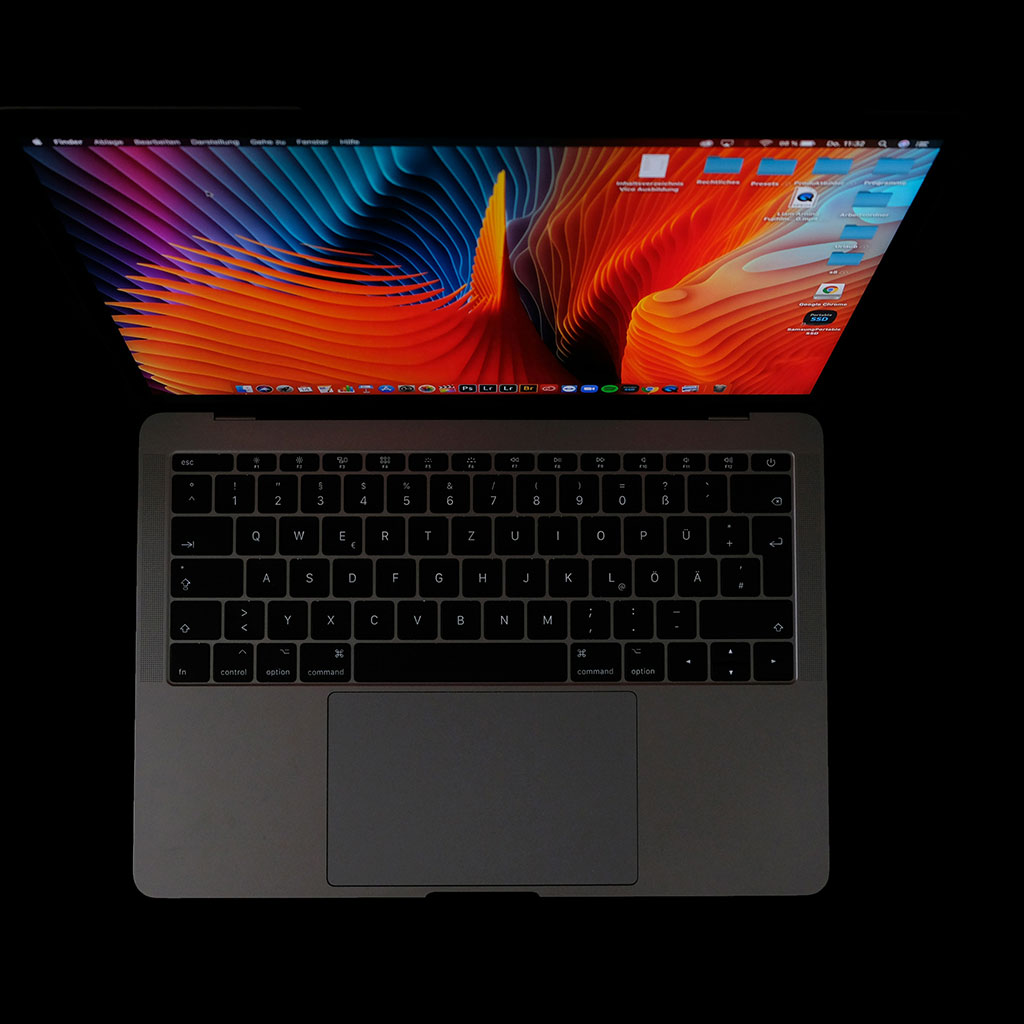Can MacBook support 120hz monitor?
Can MacBook support 120hz monitor?
Exploring the capabilities of MacBook models to support 120Hz monitors reveals the potential for enhanced visual experiences and smoother display functionalities for users seeking higher refresh rates.
Is it possible for a MacBook to support a 120Hz monitor?
MacBooks possess varying abilities to support 120Hz monitors based on their hardware specifications. Some MacBook models, particularly those equipped with specific display technologies and graphics capabilities, can indeed support external monitors with a 120Hz refresh rate. However, the compatibility of a MacBook with a 120Hz monitor largely depends on the specific model and its connection ports.
MacBooks featuring Thunderbolt 3 (USB-C) ports, like certain models of the MacBook Pro and MacBook Air, possess the potential to support external displays with a 120Hz refresh rate. Thunderbolt 3 ports offer higher bandwidth and display output capabilities, allowing for smoother refresh rates on compatible monitors. Users can often connect these MacBooks to external monitors that support 120Hz refresh rates through the Thunderbolt 3 ports, enabling a more fluid and responsive visual experience.
It’s crucial to verify the exact specifications of the MacBook model and the compatibility of its GPU (Graphics Processing Unit) with the monitor’s 120Hz refresh rate before attempting to connect them. Additionally, ensuring the use of an appropriate cable or adapter that can maintain the required bandwidth and refresh rate compatibility between the MacBook and the external monitor is essential for achieving the optimal 120Hz refresh rate display. Furthermore, the ability of a MacBook to support a 120Hz monitor might also be impacted by software settings and configurations, necessitating users to adjust display preferences to enable the desired refresh rate for the connected external monitor. Always refer to the MacBook’s technical specifications and compatibility guidelines to determine its support for a 120Hz external monitor, as this information might vary across different MacBook models and software updates.
Do certain adapters or cables impact the bandwidth or capability to sustain the higher refresh rate?
Yes, certain adapters or cables used to connect a MacBook to a 120Hz monitor can impact the bandwidth and the ability to sustain higher refresh rates. The choice of cable or adapter plays a crucial role in transmitting data and signals between the MacBook and the monitor, affecting the display’s capabilities, including frame rates and overall visual experience. For instance, HDMI cables might pose limitations in transmitting higher refresh rates, especially for 120Hz displays. Standard HDMI cables might not support the necessary bandwidth required for maintaining a consistent 120Hz refresh rate, potentially resulting in a reduced frame rate or an inability to achieve the monitor’s maximum refresh rate.
On the other hand, specific adapters or cables, such as active cables or USB-C cables with USB support, can offer improved bandwidth and functionality, thereby preserving the higher refresh rates on the monitor. Active cables, designed to handle higher data transmission rates, can support faster refresh rates, ensuring a smoother and more responsive visual experience when connected to a 120Hz display. Additionally, USB-C cables equipped with USB capabilities, when compatible with the MacBook and the monitor, might provide the required bandwidth to sustain higher refresh rates, offering users the ability to leverage the monitor’s exclusive features and faster refresh rates. Ensuring the use of appropriate cables or adapters that are capable of maintaining the maximum refresh rate supported by the monitor is crucial to fully utilize the display’s extra features and achieve optimal display quality. Configuration within the MacBook’s custom display settings or tools might also be necessary to enable the desired refresh rate and maximize the display quality when using specific cables or adapters to connect to a 120Hz monitor.
How can users set the desired refresh rate on a MacBook when connecting a 120Hz monitor?
When connecting a 120Hz monitor to a MacBook, users can adjust display preferences or settings to ensure the desired refresh rate through various steps and configurations. Firstly, utilizing the appropriate cable or adapter is crucial. USB-C cables with USB support or active cables are preferred choices to sustain higher refresh rates, offering the necessary bandwidth for optimal performance. If possible, avoiding standard HDMI cables, which might limit the refresh rate, can help maintain the monitor’s maximum refresh rate and ensure smoother frame rates.
Once the MacBook is connected to the 120Hz monitor using a compatible cable, users can access display preferences or settings on their MacBook. In the “System Preferences,” selecting the “Displays” option allows users to access the settings related to the connected display. Depending on the MacBook model, users may have access to custom display tools or custom display space settings. Within these settings, users might find options to adjust the refresh rate of the connected display. If available, they can select the desired refresh rate supported by the monitor, such as 120Hz, to ensure faster refresh rates and leverage the exclusive features or extra capabilities offered by the high refresh rate display. Configuring the MacBook’s display settings in alignment with the monitor’s maximum refresh rate enhances the overall display quality and ensures smoother visual experiences, optimizing the usage of the 120Hz monitor with the MacBook.





You must be logged in to post a comment.